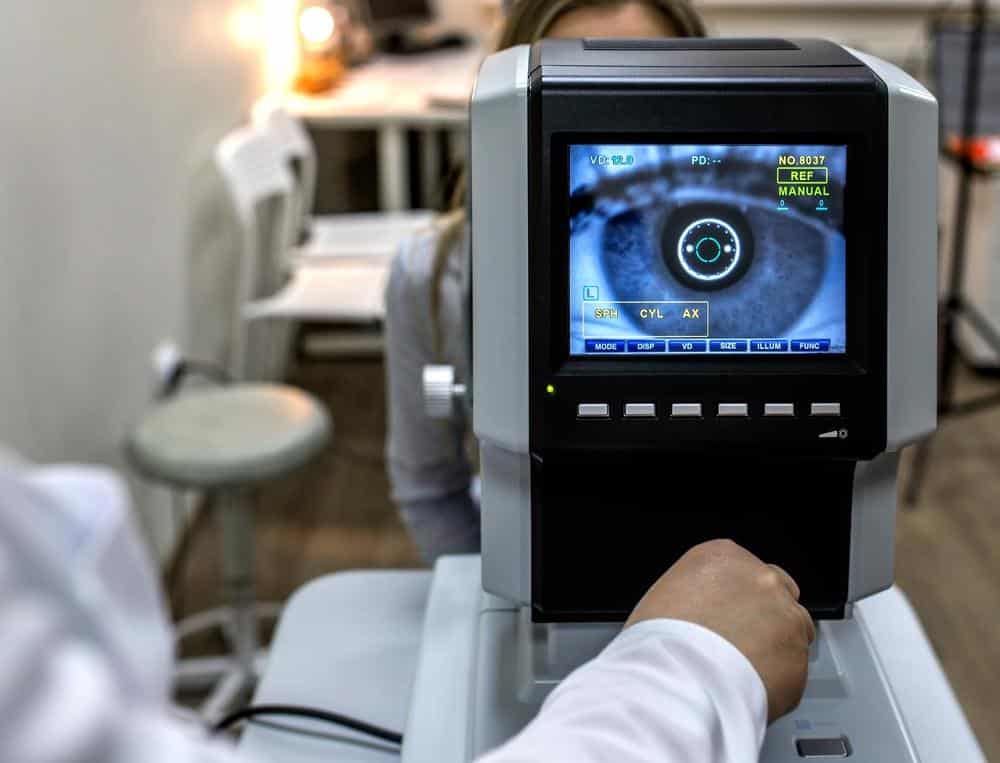A recent study published in JAMA Ophthalmology highlights a series of serious eye complications in patients taking semaglutide and tirzepatide, widely prescribed for type 2 diabetes as well as obesity (Katz et al., 2023).
Nine patients developed vision issues, including seven cases of reduced blood flow to the optic nerve, one instance of optic nerve swelling, and one case affecting the retina. Although the study does not prove the drugs directly caused these complications, it suggests that rapid improvements in blood sugar levels may play a role in triggering such problems.
Background of Semaglutide and Tirzepatide
Semaglutide, the active ingredient in Ozempic, Wegovy, and Rybelsus, and tirzepatide, found in Mounjaro and Zepbound, are incretin-based therapies designed to manage type 2 diabetes and promote weight loss.
These medications work by mimicking hormones released after a meal, which helps reduce blood sugar levels and curb appetite. Semaglutide targets the glucagon-like peptide 1 (GLP-1) receptor, while tirzepatide activates both GLP-1 and gastric inhibitory polypeptide (GIP) receptors. By boosting insulin secretion and lowering glucagon release, they help control glucose. In 2023, around two percent of Americans had a prescription for semaglutide.
Patient Takes Semiglutide and Goes Blind
Bradley J. Katz of the John A. Moran Eye Center at the University of Utah Health encountered a patient who abruptly lost vision soon after starting semaglutide. A similar episode affected the other eye when the patient restarted the medication following a brief pause. This striking pattern prompted Katz to question whether the issue was unique to this patient or represented a previously unrecognized complication of these popular therapies.
Katz described this case on NANOSnet, an online forum hosted by the North American Neuro-Ophthalmology Society. The query asked if the network’s more than 800 neuro-ophthalmologists had observed similar ocular complications among patients using semaglutide or tirzepatide. Several specialists responded, sharing new cases of severe eye problems in individuals taking these medications.
Nine Other Similar Cases
Katz and his co-authors gathered reports from four neuro-ophthalmologists. They also searched the National Registry of Drug-Induced Ocular Side Effects. They identified nine cases of serious vision concerns in patients receiving semaglutide or tirzepatide.
Seven had nonarteritic anterior ischemic optic neuropathy, a condition in which blood flow to the optic nerve is compromised, leading to nerve damage and possible vision loss. One case involved papillitis, an inflammation of the optic nerve. The ninth case centered on paracentral acute middle maculopathy, a lesion affecting the central retina.
The researchers recorded detailed patient data, such as age, sex, duration of medication use, vascular risk factors like diabetes and high blood pressure, and clinical details related to eye issues.
Examinations included assessments of optic nerve swelling, the degree of visual impairment, and imaging of both the optic nerve and the brain. In some instances, specialized retinal imaging confirmed damage in the inner layers of the retina.
Sudden Vision Loss Suggests Emerging Pattern
Among the seven patients with nonarteritic anterior ischemic optic neuropathy, many experienced sudden, painless vision loss in one eye upon waking, a characteristic feature of this condition.
However, two patients showed simultaneous swelling in both optic nerves, and one reported a gradual worsening of vision. Another especially striking case was when the individual suffered sequential vision loss in each eye, which was directly tied to starting and restarting semaglutide.
One hypothesis suggests that dramatic reductions in blood sugar, which often accompany these drugs, could predispose susceptible patients to optic nerve damage. Previous research has linked rapid glucose control to papillitis, and some of the reported patients showed bilateral optic nerve swelling, indicating a possible connection.
While other medications have been associated with nonarteritic anterior ischemic optic neuropathy, these nine patients were not taking them, reinforcing a potential link to semaglutide and tirzepatide.

Patients With Sudden Vision Loss Should See A Doctor Immediately
The authors emphasize that this case series does not definitively establish causation, given the absence of a control group and reliance on retrospective data. “This review was not conducted in any way that we can say these drugs caused the complications,” said Katz. “Further studies are needed to test our hypothesis. However, this is an important issue for ophthalmologists as we monitor the usage of these drugs and how to best be in communication with our patients about them.”
Growing reliance on these treatments for type 2 diabetes and weight management underscores the importance of vigilant monitoring for eye-related risks. Patients experiencing sudden vision changes should seek prompt ophthalmologic evaluation, as timely detection of complications may safeguard against irreversible damage.
The importance of clear and proactive patient communication cannot be overstated. “The message to the patient is that we are still investigating if these drugs put them at higher risk of ischemic optic nerve damage,” noted co-author Norah S. Lincoff, professor of neurology at the Jacobs School of Medicine and Biomedical Sciences at the University at Buffalo.
“The message to the primary care provider is, if a patient on one of these medications calls you and says that there is blurring or vision loss, have them see their ophthalmologist as soon as possible. Don’t wait.”
Side Effects Warrant More Research
As semaglutide and tirzepatide gain popularity, the potential for serious ocular side effects warrants further clinical research. Identifying individuals most susceptible to these adverse events could inform guidelines for safer medication use.
At the same time, closer collaboration between endocrinologists, ophthalmologists, and patients may foster earlier intervention. The urgency for ongoing surveillance and research is paramount to clarify whether these cases represent a rare coincidence or a broader safety concern that necessitates changes in prescribing practices.









